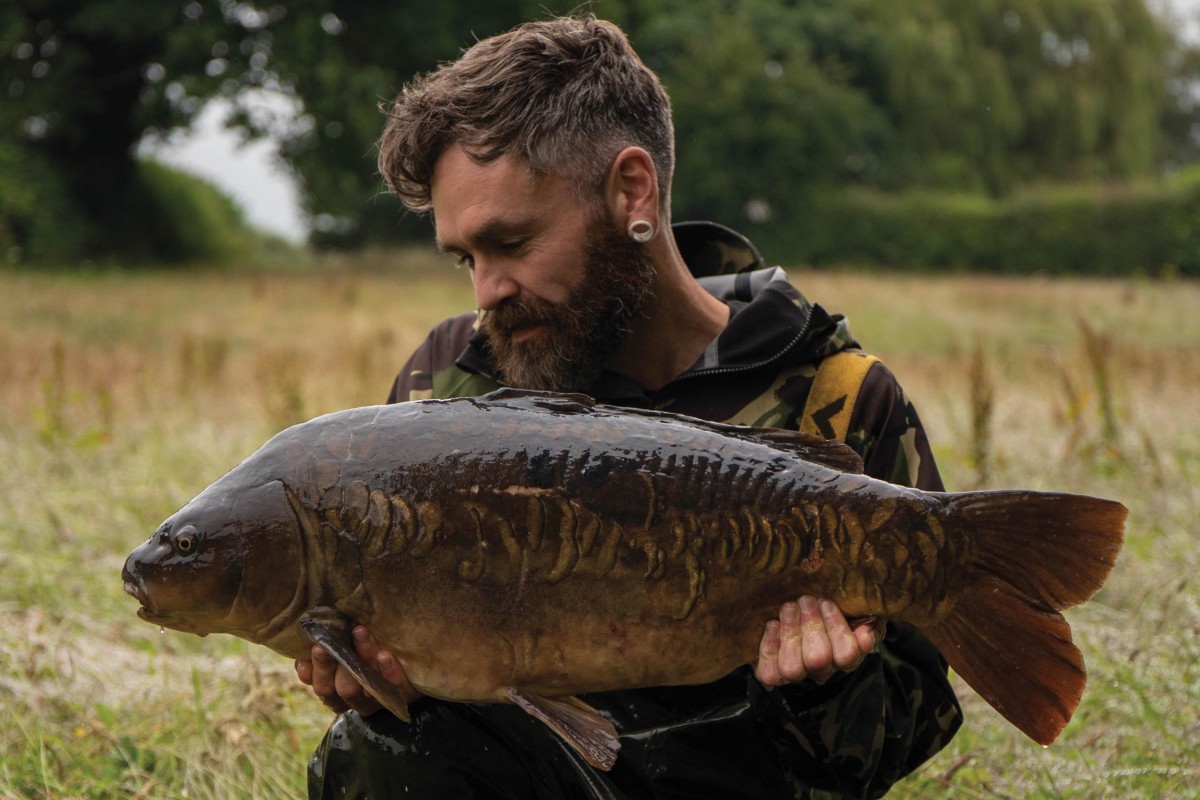
Just Add Finesse - Part 1
Gaz Fareham considers a seemingly insignificant word, and how it can have an important part to play in your carp angling…
In so many ways, the carp fishing equation is a pretty simple one, I have always thought. It is as complicated as you make it. Read everything out there and your head will undoubtedly be spinning at the alleged complexity of it all… but take a step back, think about what you are actually doing and why, break it down to base level stuff, and it can all become so much clearer. Doing so many tuitions in the last few years has shown me just how confused guys often get, purely through the oversaturation of content and sheer volume of different tactics and techniques they are being shown online in videos and in magazines—sorry Joe (the editor), I’m absolutely blaming the media, yes! Whatever tactics are being used, though, the one thing a lot of guys seem to miss the mark on, is maybe one of the most important factors and pieces of the equation: having some finesse about it.
Finesse is a perhaps not quite the right word; it was predetermined for the piece already and I think might even instil some fear or a sense of dread into a lot of guys… immediately making them think of delicate, hard-to-tie rigs, fancy bait preparation, and making things harder than they should be, and indeed the dictionary definition does actually include ‘delicacy’ in its explanation. But it also includes ‘(impressive) skill’ as the other defining attribute of someone with finesse.
One of the main things I try to do on my tuitions, and my own fishing, is to make things as simple as possible. Life is hard enough as it is—rushing around at work thinking about a thousand things other than carp fishing, a quick supermarket sweep… dropping the kids off at school, navigating the rush-hour traffic… the last thing in the world anyone wants to do is make carp fishing any more complicated, surely. I’ve always believed that the simpler you can make your fishing, the more enjoyable it can become, and also the more productive. So many people seem to like to trade adding complexity into the equation, rather than just working hard on the important bits… almost looking for that golden egg of a rig, or new liquid or hookbait will suddenly and miraculously turn your results around. It won’t. I know it’s boring, and I know it isn’t the easy answer anyone wants, but the way to turn your results around is to be more purposeful, more precise, more thoughtful, more careful… and yes, to have some more finesse.
Years of working as a teacher has taught me that no one really just wants to know that the way to improve is just to work harder at things, but it really is the only way; everything else is just a Band-Aid. The best rigs, best baits and most miraculous liquids in the world will catch you sod all unless you use them really well.
The way I always try to explain it, is that I try to do simple things, really well. And if you do those simple things well, then the rest will fall into place easily, and you will catch carp regularly. Take a look at any of the top boys out there; they all fish differently, use different tactics and have different bait and tackle sponsors, but they all have one thing in common—Darrell, Danny, Myles, Tom Maker, Luke Vallory, Oz—none of them do anything revolutionary; none of them use unattainable baits or fancy rigs; they just look at a situation, read it, and do the simple things really, really well.
The basis of this piece is how to do those simple things well, but what does ‘well’ actually mean? I’ll break it down into a few sections to hopefully make it a bit easier to digest: rigs, bait and watercraft.
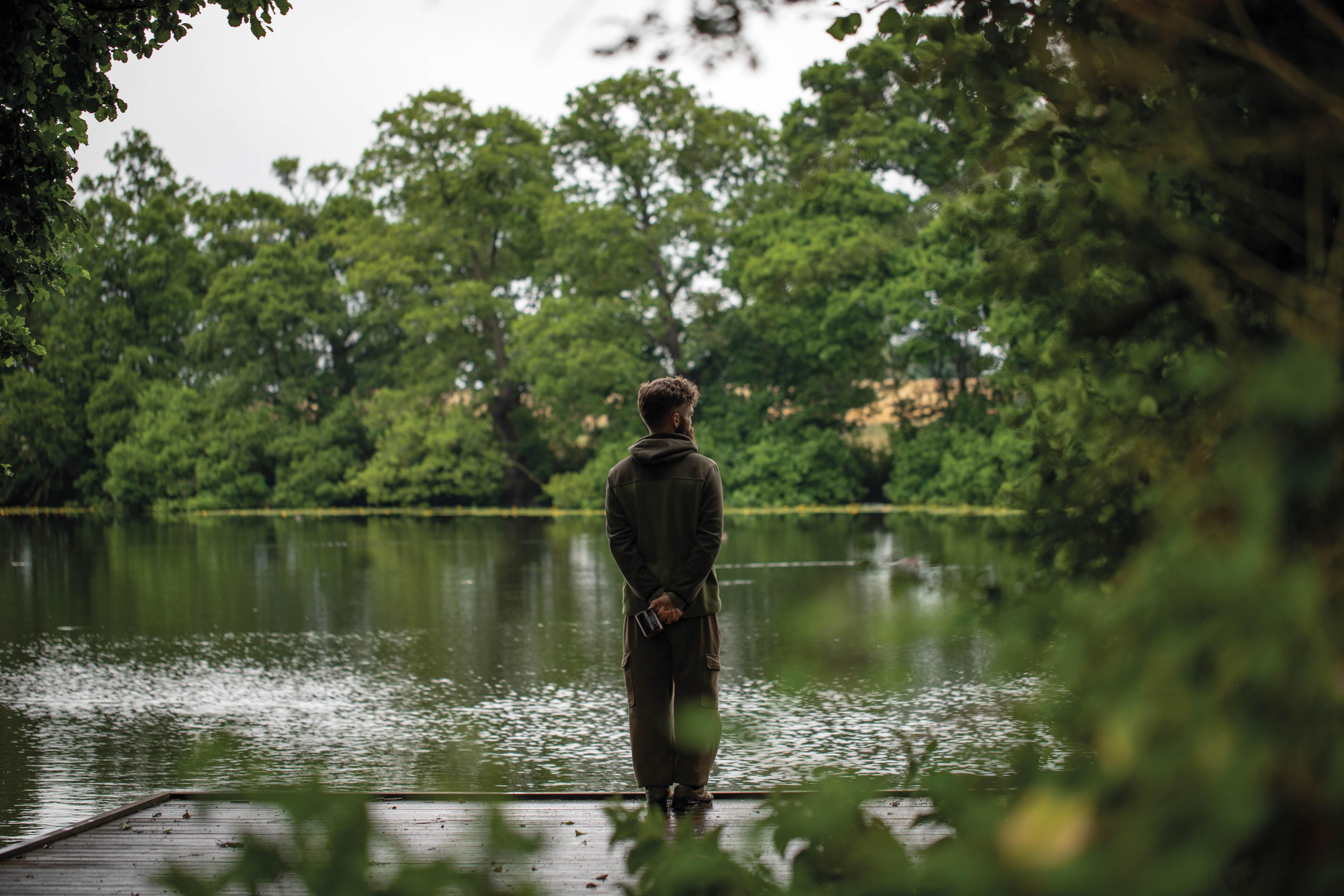
Finesse Pt 1: Start from the bottom
Rigs are brilliantly easy to deal with when it comes to having a degree of finesse, but it is still something so many guys seem to struggle with. One of my favourite tuition things to do is to dissect and declutter everyone’s rig wallet, tackle box and rig board. Almost without fail, guys have boxes full of stuff they don’t use, and rig boards full of old, used rigs and ones they’ve tied but never cast out. It’s a standard issue. I start by taking everything out and making two piles: items that get used regularly and have a genuine place in someone’s angling, and items that haven’t been used for months, years, or often ever. Only the regularly used bits go back into the box or wallet, the rest is consigned to a pile that lives in a spares box in the motor. The ‘used rarely’ pile quickly stacks up and the tackle box is usually three quarters empty by the time I’m done. Give it a go; I promise you won’t regret it. I do it to mine a few times a year as I still have a habit of accumulating odd bits as a season progresses. Why clutter your thinking and your work space with things you don’t need? It makes no sense, confuses the issue at hand and often just leads to indecision and the temptation for ‘Oh, I’ll just try this…’ The first part of having some finesse, is to give your kit some. Strip it back, simplify it, and take only what you need. I get everything in my little TA pouch… no more, no less. Even for two weeks in Europe, it is still only a tiny pouch. I hate being surrounded by stuff I don’t need, and which I’m not likely to use.
When it comes to rigs themselves, lads are sometimes a bit astonished that I never reuse a rig. My rig board will only ever have half a dozen on there, all fresh and tied with the situation at hand in mind. Used ones never go back on there. The components are stripped down and reintegrated into my tackle pouch, and the hook and link are binned. Yes, of course, I do get my end tackle for nothing now, but I have always been the same, ever since I was paying for it all with McDonald’s shifts.
With regard to the rig itself, I use the analogy of the successful lads again: they all use completely different things, different rigs, different baits. They all catch carp, so clearly the denominator isn’t the rig (or bait) itself, it is how it is used. I’ve always said it is much less important what you use, and far more how you use it. A shoddily tied Hinge will always be out-fished by a nicely tied pop-up just held down by a split shot. Sometimes it is better to choose a straightforward rig that you can tie well, rather than overcomplicating things and doing a bad job of it.
Occasionally on a tuition I’ll be working with a lad who will say, ‘Look G, I’m a builder; I can’t tie those fancy little Albrights…’ and so we just work on something with the same mechanics which can be done simpler, but neater.
KEY TAKEAWAYS
PT1.1 Strip your kit back to basics and get rid of unessential items.
PT1.2 Empty your tackle box of rarely used items.
PT1.3 Keep a ‘spares box’ of oddities & occasionally used items in the motor.
PT1.4 Never reuse rigs. Always tie fresh ones for the situation at hand.
PT1.5 Choose rigs you can tie consistently well.

Finesse Pt 2: The Sharp End
Hook sharpness is something I’m utterly fanatical about. I can’t say I catch more now than before I started sharpening, but I certainly think it does no harm. That said, it has to be done with finesse—there’s no room at all for being heavy handed here. A badly sharpened hook is far worse than a good one straight from the packet. So either take your time, use an eyeglass and do it carefully, or just choose wisely from the packet. I test all mine on my nail, using a short length of shrink tube over the eye to give the hook some give. I also run my finger down all sides of the hook to check for tiny burrs. Not only that, but I check it after every cast, not with the glass, but by running my finger down the point to check for burrs—it is incredibly easy to ‘dink’ a point on a bit of gravel before you’ve even hit your clip cleanly. A touch of Vaseline is another touch of finesse that just adds that extra per cent.
KEY TAKEAWAYS
PT2.1 If you’re not confident sharpening, either practise or don’t do it.
PT2.2 Use an eyeglass to check your points; it’s the best judge.
PT2.3 Test your points carefully on your nail using tubing on the hook.
PT2.4 Check your point after every cast.
PT2.5 A dab of Vaseline stops any corrosion overnight.
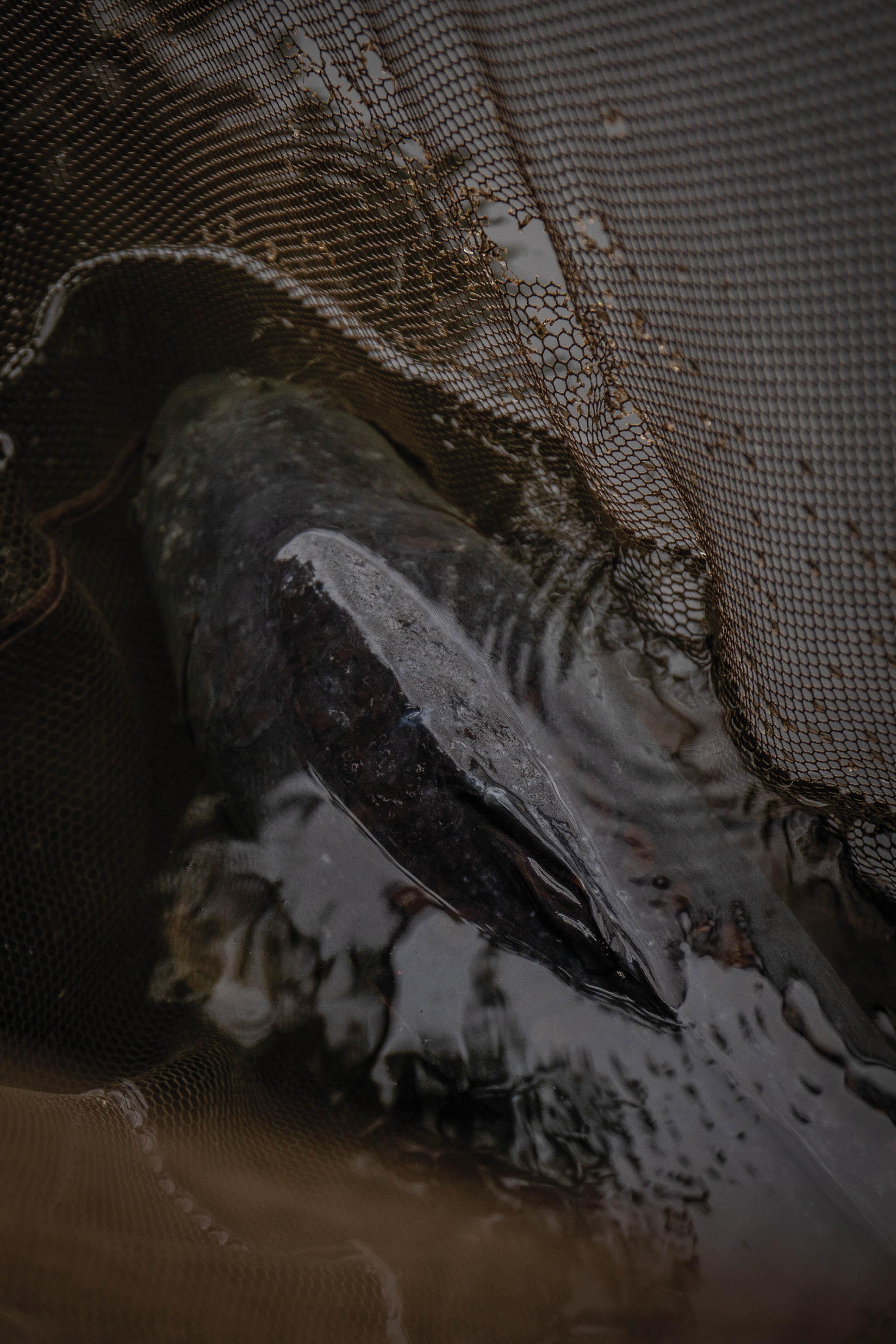
Finesse Pt 3: The Link
Another thing I am pretty fanatical about is the straightness of my link. I always attach my links with the rod leaning on my brolly—a really simple thing, but it means that once the link is steamed straight under tension, it doesn’t have to be handled again. Everything can be done simply holding the hook. This simply just serves to keep it ruler-straight, which does two things: it helps it retain its aerodynamic nature and ensures it lays out properly as you hoped it would, so the mechanics are sound, and when you wind in, in the morning, if it is still ruler-straight, you know it has been presented perfectly.
Almost all links will retain some memory, especially coated ones, and so a slight kink, however small, or a twist or curve, and you know it’s been tangled and unwound on the retrieve, or it’s been sitting awkwardly. If I wind in a perfectly straight rig and haven’t had a bite, I know at least it was sitting as well as could be hoped. Simple things.
KEY TAKEAWAYS
PT3.1 Always stream your links straight. It enhances the rigidity of the link…
PT3.2 …as well as providing you with an indicator of how it sat overnight
PT3.3 Don’t handle the link once it’s been steamed, hold the hook instead.
PT3.4 Check it each morning for straightness—it’ll tell you how it’s been sitting.
PT4.5 If it tangles, re-steam it; don’t just re-straighten between your fingers.
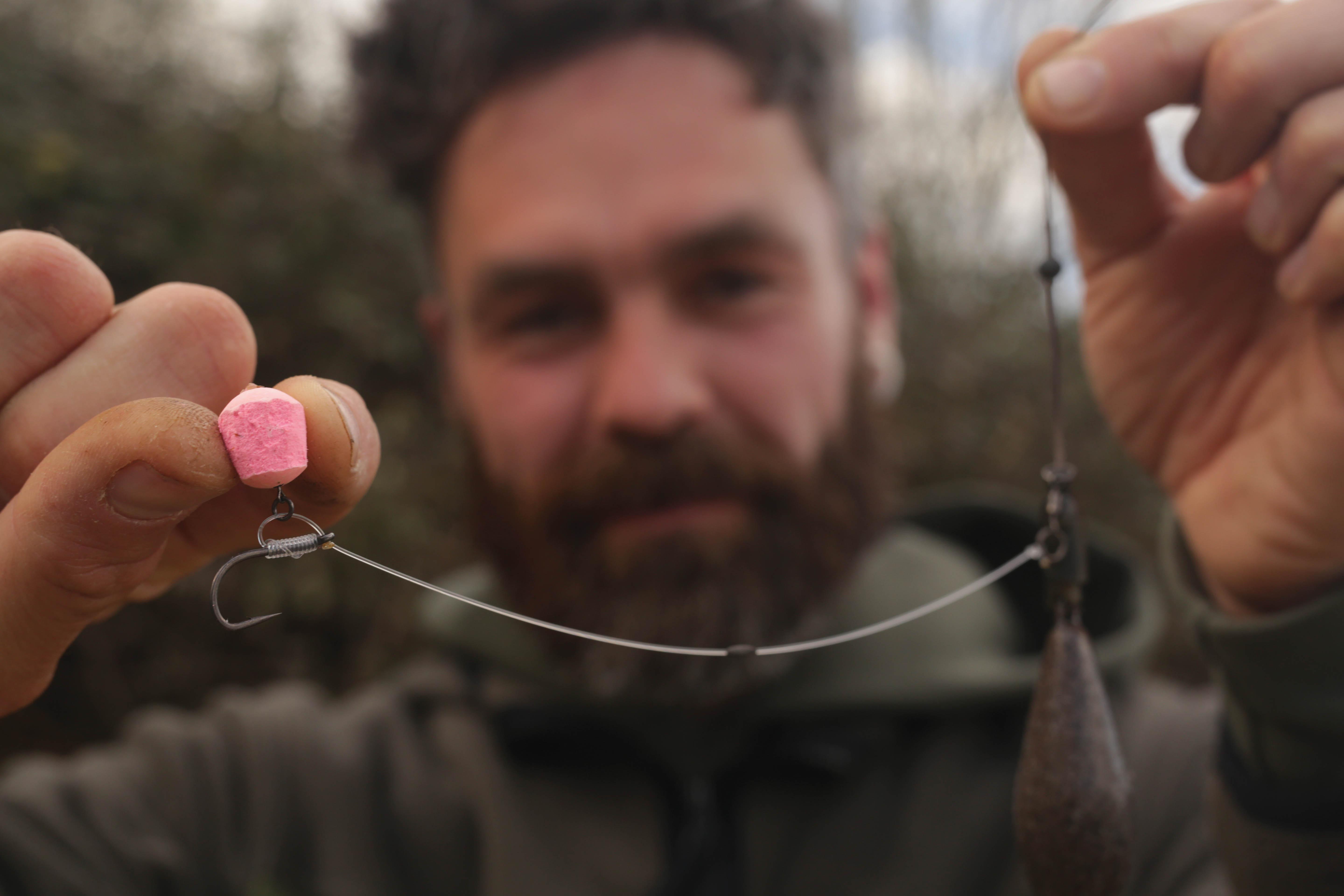
Finesse Pt 4: The Chuck
The best rig in the world will sit like a sack of the proverbial unless it is cast well. A clean, smooth and fluid cast will always give you the best chance of getting a nicely presented rig out there. Hitting the clip at just the right moment is just as important—the worst casts for heightening the chances of a tangle are the ones that just catch the clip a fraction before entry. If ever I wind in a tangle, it is invariably when I’ve caught the clip a whisker late. Too early is almost as bad and the ‘bounce’ can do the same. It is something that can only be learnt with time and practice. Not only will it help present your rig better, but the difference between hitting the clip late, or early, and finishing with the rod in a different place, will be the difference between your lead being six to eight feet shorter or longer. I always aim to finish a cast with the rod at 45 degrees, and a taught line between tip and lead. If I’m not happy, I’ll redo it until I am. So many anglers settle for ‘that’ll do’, either out of laziness, or fear of casting too much. The successful guys never settle for anything less than perfect; that is the finesse of the cast.
KEY TAKEAWAYS
PT4.1 Try to cast smoothly and cleanly.
PT4.2 Hit your clip ‘right’: not too late and not too early.
PT4.3 Watch it in flight; if it spins or tangles, stop the cast and wind it in.
PT4.4 If it falls short or goes wide, wind it in even before it touches down.
PT4.5 If you’re not 100 per cent, redo it.
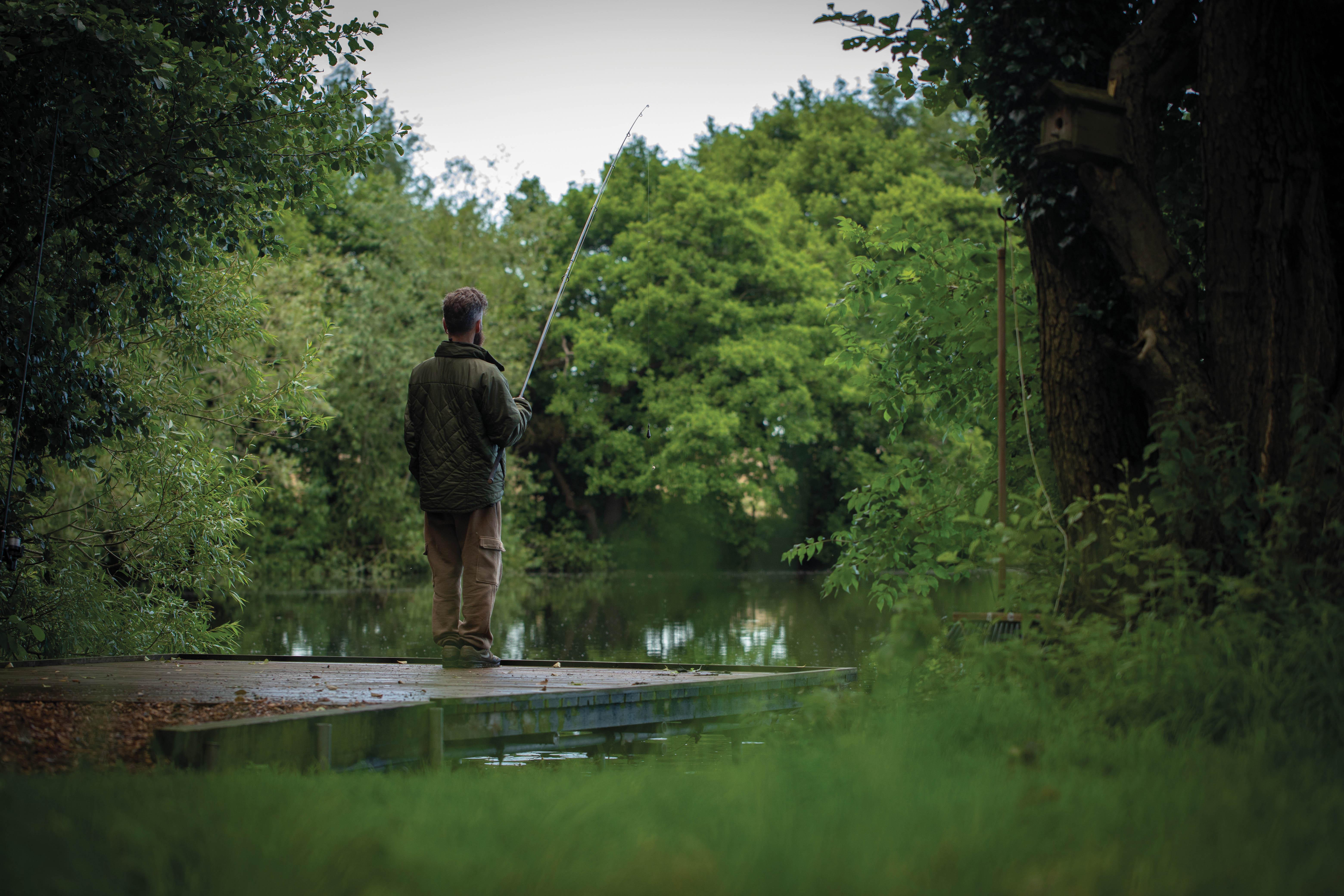
Finesse Pt 5: The Donk
Linked to spot finding—which I will come back to, as it is a topic in its own right
—I will never leave a cast unless I have got the exact right ‘thud’, ‘donk’ or ‘crack’ I was looking for. If I’ve leaded a spot, and I wanted to be just on the edge of the gravel into the silt, then a crack is no good to me; I want the duller thud of silt, and not the crack of gravel. Learning the finesse required to differentiate clearly between what your lead is landing on is an absolutely essential angling tool. On small spots, the difference between a soft landing and a clean thud is the difference between fishing well on a mat-sized strip of silt, or being hung up in the weed and having no chance at all. Sensitivity, feel and a clear understanding of what each drop feels like is the finesse of the donk, and one of the biggest things that separates the good from the average, or rather the successful from those who are struggling.
KEY TAKEAWAYS
PT5.1 Practise feeling the lead down as much as you can; it is a priceless skill.
PT5.2 Control is everything, and keeping in touch with the lead.
PT5.3 Make sure you get the sensation you were looking for.
PT5.4 Don’t settle for ‘okay’; make sure you are happy.
PT5.5 Point four, again!
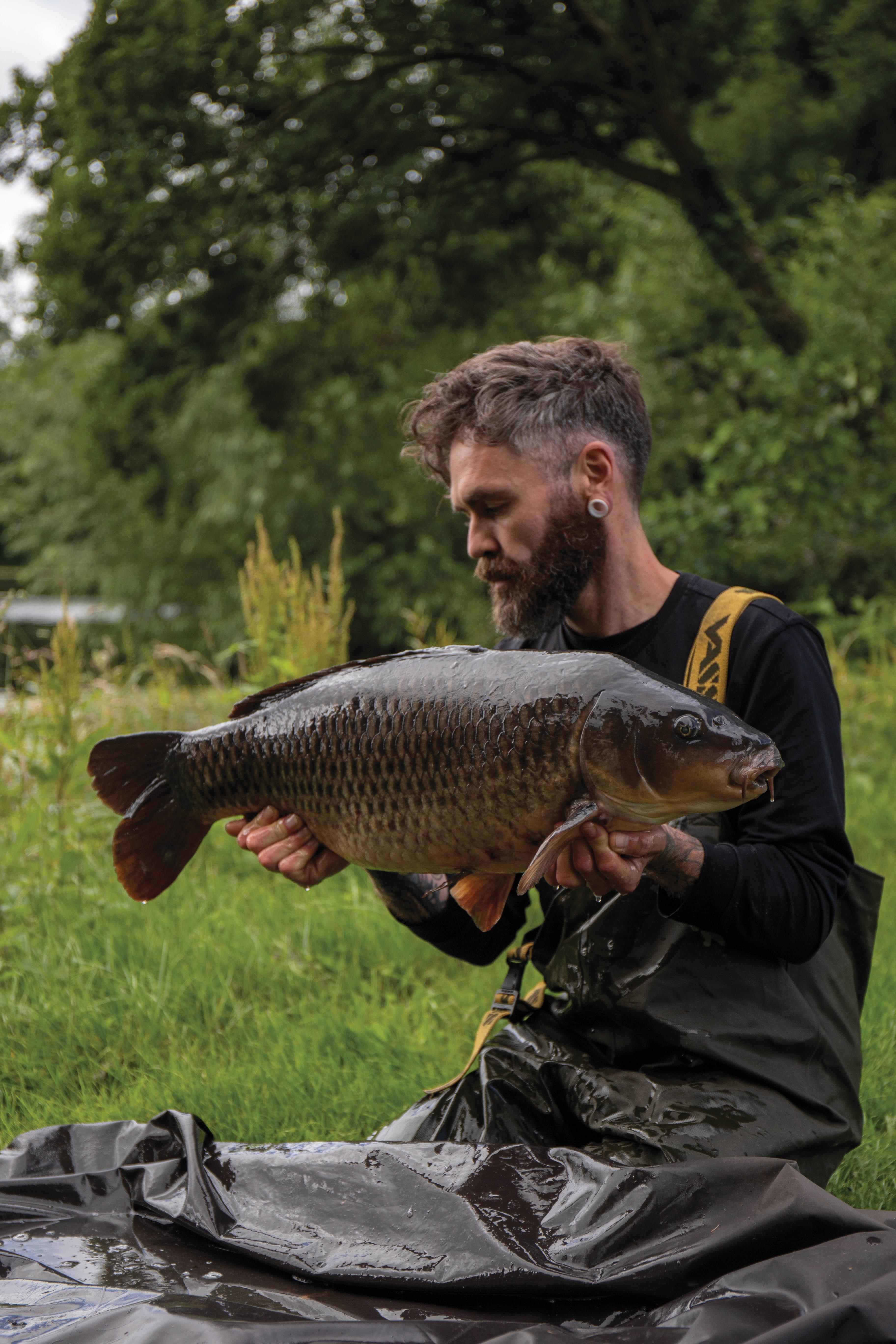
Read Gaz Fareham's 'just add finesse' part 2 here!



